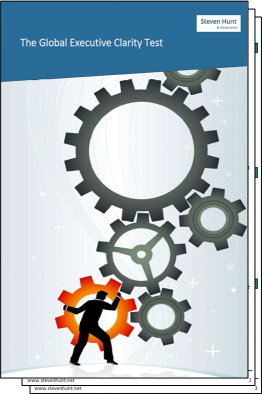The start of the year is notorious for low productivity.
So here’s a tried-and-tested way from a high-performing manufacturer that you can use to boost motivation.
The danger of drifting along
“Somehow we struggle to get going,” a senior manager said to me last week. “It’s all a bit flat after Christmas. People don’t have has much energy.” That’s no surprise.
January and February are statistically the least productive months of the year. Take three big markets: the USA, Europe and China. The USA and Europe are just back from the Christmas holidays. In China, the lunar New Year is coming up in a few weeks.
After all those holidays, it can be hard to get going again. The fun of the holidays is over. The days are still cold, grey, and short (assuming you work in the Northern Hemisphere).
2021 makes it an exceptional year. The solution to the pandemic – vaccination programs – are in sight but a long way from being fully implemented.
No wonder global managers think motivation is a challenge.
Clarify your #1 goal, then break it down
When it seems like your global sites are hibernating, it’s time to get back to the essentials. Keep it simple. This focuses minds. It stops business units and global functions drifting onto non-productive work.
Above all, goal clarity is what your local sites need. I put it this way to the senior manager: if we asked your global management team these three questions: would their answers be aligned?
- What is our #1 goal?
- Is it clear for all local sites and global functions?
- Is it motivating for us?
Global clarity happens when your local managers have the same answer to these questions.
It doesn’t mean they repeat it like parrots. Similar words are fine. In 90% of highly-productive companies, people know what their #1 goal is.
Goal clarity also means translating global priorities into all the markets and countries that you operate in. That #1 goal has to be broken down into meaningful local targets. This is easier to say than do because of the conflict between global and local goals.
Let’s say your strategic priority is to automate part of the supply chain. That global goal – even when clearly articulated – will have different regional hurdles. One region may lack skilled employees. Another country may not have the critical IT infrastructure. So your #1 goal faces different challenges as it is rolled out in local markets.
The best motivation to get people moving has two characteristics: a clear finishing line and the first few steps. If the finishing line is Step 10, then the first few steps are 1,2,3, and 4. Planning Steps 5-9 in detail now is fatal because the situation is uncertain. Your regional routes to the finishing line (Step 10) is bound to change. And nobody in head office knows the detailed answers to all local challenges. (If they did, you could cut out a large part of the local manager layer.)
This all sounds wonderful on paper. It takes time in January to get coordinated on this. That’s where a cascaded off-site speeds things up.
Cascaded Off-Sites – a more efficient way to start the year
The old approach is to get the top team , plus the layer or two below it, together for an off-site meeting. The senior managers listen to presentations, have some smaller group meetings, celebrate and go home.
At one of my manufacturing clients, we do it differently. It uses cascaded off-site meetings. This involves pulling their top 40 global managers into a structured series of strategy alignment sessions over two weeks. The purpose is to share, clarify and implement global priorities.
The beauty of a cascaded offsite is the design allows for regional and local sessions, too. The result is a faster transfer of priorities into action. As one manager said, “We used to meet in January and sometimes it was March by the time we set local priorities. The first quarter was almost over. Now the whole process is done in two weeks in January.”
With global goals translated quickly into local priorities, the manufacturer’s managers have more time to focus on motivating people to get the goals implemented.
That’s a big difference. Because while other companies are drifting through a confusing fog of motivation and goal clarification, your managers only have to focus on one thing: motivation. That makes their work easier, less stressful and more successful.
















